Cases
Plastic color matching is based on the three basic colors of red, yellow and blue, matching a favorite, in line with the color difference requirements of the color card, economic and in processing, use of color.
In addition, plastic coloring can also give plastic a variety of functions:
Improve the light resistance and weather resistance of plastics;
Give plastic special functions, such as electrical conductivity, antistatic property;
Different color agricultural mulch can weed or avoid insects, raising seedlings, etc.
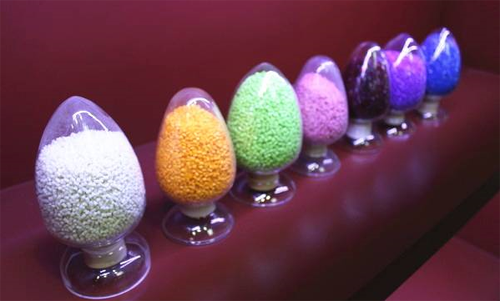
Types of colorants
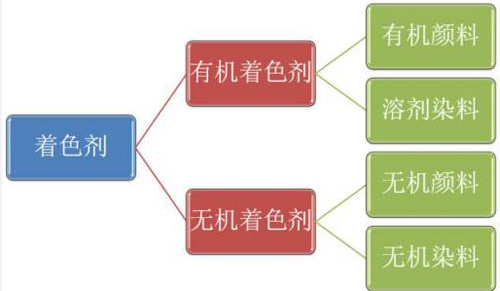
Organic colorants are divided into organic pigments and solvent dyes.
Organic pigments:
Strong coloring power, complete chromatography, relatively small density, bright color, good light resistance, and small amount of addition. However, its heat resistance, weather resistance and hiding power are not as good as inorganic pigments, the dispersion effect is slightly worse, the transparency is poor relative to dyes, and the price is higher. In processing, it is necessary to use mechanical heating mixing and other methods to evenly disperse the pigment in the plastic, mainly used in: POM, PE, PP, TPU, TPE and other crystalline materials and some bright (bright color products that can not reach the brilliance of the dye) products.
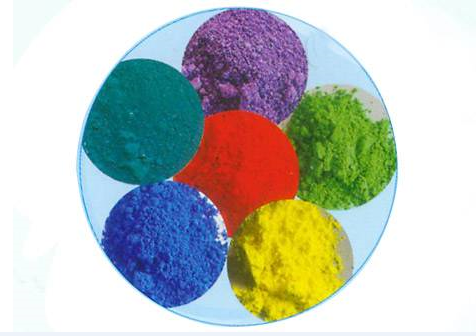
Solvent dyes:
Unlike pigments, which are soluble in water or oil, they are generally oil-soluble and transparent. The color is bright and bright, usually suitable for PS, PC, polyester and other transparent plastics. However, its light resistance, heat resistance and migration resistance are poor. Dyes also include special pigments, such as metal pigments, silver powder, gold powder, and pearlescent pigments, such as fluorescent whitening agents, fluorescent pigments, interference pigments, temperature change pigments.
Inorganic colorants are divided into inorganic pigments and inorganic dyes.
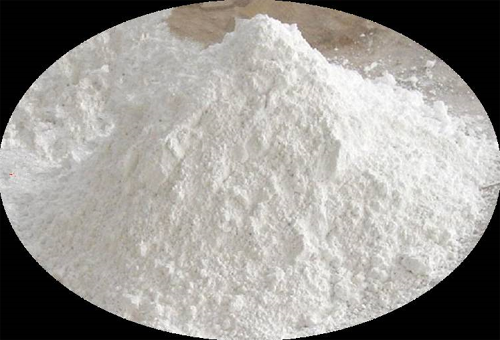
Inorganic pigments:
General thermal stability, weather resistance, good light resistance, low price, excellent dispersion performance. For example: titanium dioxide, carbon black and so on. However, the coloring force of this colorant is relatively poor, the relative density is large, the addition amount is large and the color is not bright. Mainly used to increase the color concentration, such as: PA, PC, PBT, POM, PPO, PPS and other materials and non-transparent color, gray and other resins.
Inorganic dyes:
Mostly used in paint.
Colorant properties comparison
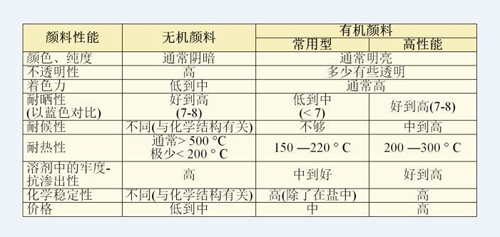
The basic idea of color matching
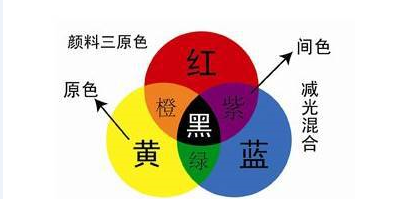

Quality service and professional after-sales team.
East of Fangjia village, Zhutai Town, Linzi District, Zibo City, Shandong Province


Get in Touch
*We respect your confidentiality and all information are protected.

